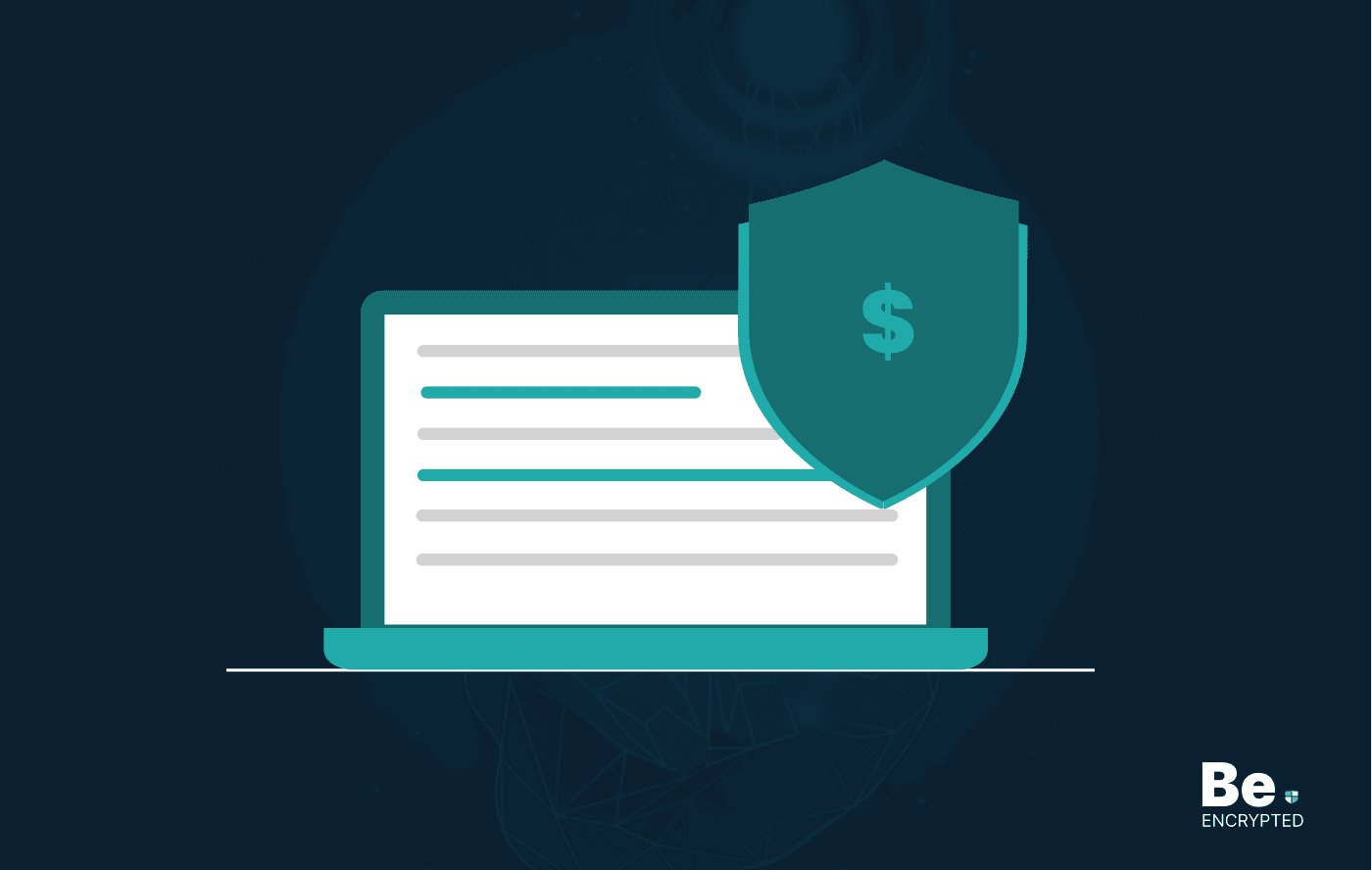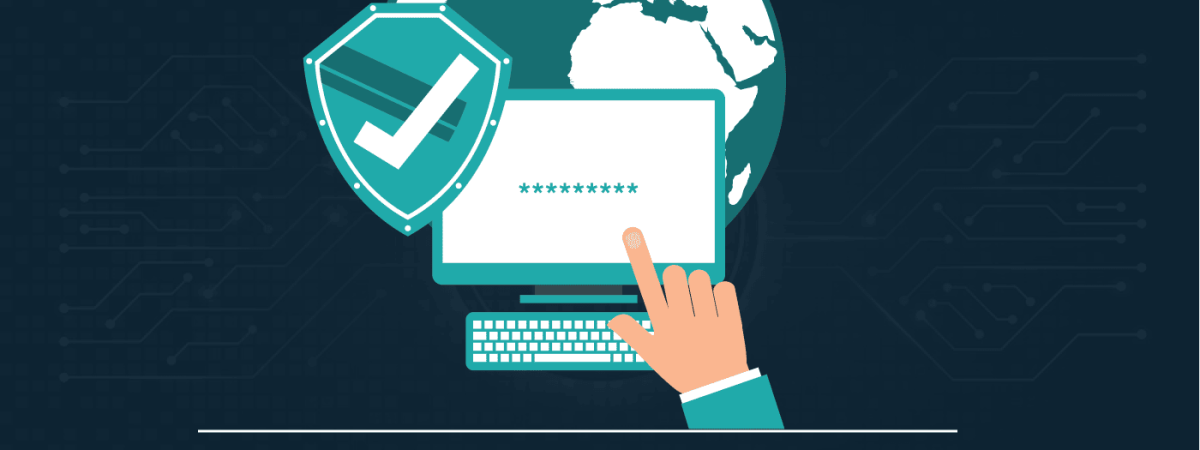Want to know how hackers can hack your account? Do you learn the techniques a hacker can use to hack your account? Then you must give a read to this.
We will tell you about phishing and spear-phishing attacks, Facebook phishing, phishing emails, spoofing addresses, the use of fake URLs, and fake websites. We will also guide you on how you can detect an attack and protect yourself from phishing attacks.
What is phishing?
Phishing sounds like fishing. Yes, it also works like that. It is a social engineering technique developed to steal your passwords, credit card numbers, and other essential data that you put on the internet. The primary motive of such a phishing attack is to use the credentials to gain further access to more delicate information such as social media passwords and bank account numbers.
To explain it better, an example will work. For instance, you may receive a text message, email, or phone call containing a link to the site the attackers control. This link may ask you to enter your login details, which they may use to efficiently perform a phishing attack. The email is usually designed to look similar to a regular Dropbox or Facebook email. It might also look like a link to a fake site like Dropbox or Facebook.
What is a spear phishing attack?
Spear phishing is a type of phishing attack mainly aimed at you. It is not spread around like spam. Such attacks are fruitful as they become sophisticated because the email might be intended for and modified to a specific context.
Fishing, in which you throw the bait and wait for any fish to come and bite. While in a spear-phishing attack, you are being followed individually instead of dropping your bait into the ocean and waiting for any fish to bite.
For instance, if you provide services as a freelancer, you may get an email in your inbox asking you to upload your letters to Dropbox. However, you are directed to a phishing site instead of being linked to the Dropbox folder. Once you have typed in your password, you will be redirected to the original folder and never suspect any shady play.
Spear phishing attacks commonly occur in large organizations where criminal enterprises, competitors, and governments might gather intelligence about the organization’s workers to identify weak spots in the system.
Facebook phishing and other attacks
One of the phishing attacks takes place through Facebook. It might look insusceptible, as shown in a notification that says, ‘Someone mentioned you in a comment’ or ‘Someone shared a document in Dropbox.’ Attackers wait for you to provide your details, and then you may be redirected to the real site and asked again to enter credentials, but this time justifiably. All doubts will go away as it logs you to the original site.
However, the attacker has made a phishing attack. He has collected your username and password. Moreover, he might easily use your email address to hack your other accounts.
The most dangerous aspect of a phishing attack is that the attacker can access your email inbox, where financial details are available. He might use these details in your absence.
Spoofing address and phishing e-mail
Phishing attackers generally use two technological tricks to phishing people: email or phone calls. Attackers might use the best language, good timing, and excellent design to plan a phishing attack successfully.
Emails and phone calls are the most easily spoofed, so it’s difficult to guess whether the email has come from Facebook. Several email services will check for cryptographic signatures to prove that a particular realm has sent the email; however, this might also not work.
A phone call may also perform a phishing attack. For example, you receive a phone call from a bank account asking for your account details. But it’s not known whether this call is originating from this number.
The solution to such phishing attacks through emails and calls is to write them back or call them again and wait for the reply.
Phishing and false website
Another way to execute a phishing attack is to develop fake websites that look exactly like the real ones. Attackers may register URLs that mimic those of legitimate sites. They usually change the order of letters, such as goolge.com, or use sub-domains that sound like legitimate domains, such as facebook.com.importantsecurityreview.co.
The attackers get HTTP’s security certificate to make the website appear authentic, as they own the subdomains.
How to spot a phishing attack? How to protect your data from phishing?
Two-factor authentication can offer protection to counter a phishing attack by making it hard for the attacker to access your account. However, sophisticated phishing attacks will not accumulate your identification but log into your account concurrently. The attacker will quickly know whether the credentials are functioning; if not, it will ask you again to enter the password.
When attackers encounter two-factor authentication or a captcha, they will ask you to enter the code into a window on their fake site, which they will then use to access your real account.
To avoid these phishing attacks, a few companies and Facebook permit you to upload your PGP key to their servers. Every email you receive from Facebook will be encrypted, making it effortless to verify their authenticity. The good thing about this is that if someone gets logged into your account, he might not see your notifications and reset your password.
Sadly, the only long-lasting defense against phishing attacks is healthy skepticism, which requires attentiveness and intense awareness. To avoid phishing attacks, various organizations regularly check their staff’s ability to sense phishing scams. Not detecting a phishing scam can lead to employees’ termination in companies where cyber security is critical.
Share this article
About the Author
Waqas is a cybersecurity journalist and writer who has a knack for writing technology and online privacy-focused articles. He strives to help achieve a secure online environment and is skilled in writing topics related to cybersecurity, AI, DevOps, Cloud security, and a lot more. As seen in: Computer.org, Nordic APIs, Infosecinstitute.com, Tripwire.com, and VentureBeat.
More from Iam WaqasRelated Posts

How to Avoid Gambling Restrictions in 2024
KEY TAKEAWAYS Gambling is prohibited in multiple countries as it is addictive, and many people go ba...

20 Best Penetration Testing Tools For Security Professionals
KEY TAKEAWAYS If you’re in a hurry, then have a look at the list of 20 best penetration testin...

The Role of Developer Security in Software Development
KEY TAKEAWAYS The revolution of DevOps has reduced the SLDC and resulted in the creation of many sof...

How To Detect Hidden Cameras And Listening Devices? A Complete Guide
Many people feel like someone is watching them or listening to their conversations. They may be righ...

What is Virtual Firewall and How it Helps Us in 2024?
Scientists and technicians are trying to invent the latest technology protection to create barriers ...

10 Ways to Prevent Ransomware Attacks
KEY TAKEAWAYS Ransomware attacks are growing frequently and affecting every sector of the business i...


